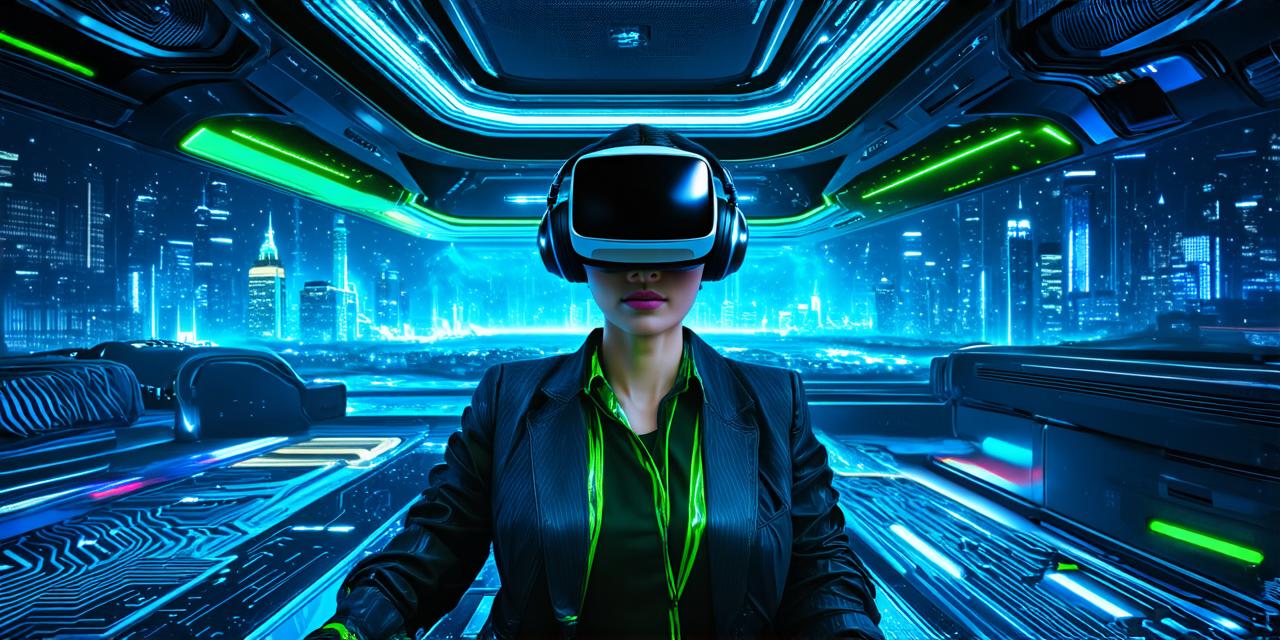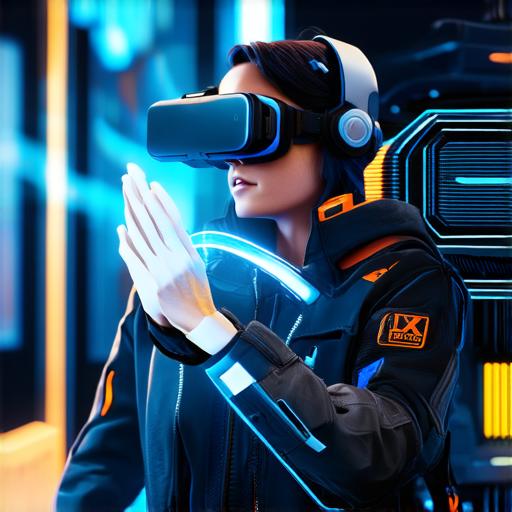
How Virtual Reality Operates

Virtual reality (VR) technology is revolutionizing the way we interact with digital content and experience immersive environments.
Understanding Virtual Reality Hardware
Virtual reality hardware is made up of several key components that work together to create an immersive experience for the user. These include:
- Headset: The headset is a device that sits on top of the user’s head and displays the virtual environment.
- Sensors: Sensors are used to track the user’s movements and provide input to the VR system. There are several different types of sensors used in VR, including accelerometers, gyroscopes, magnetometers, and ultrasonic distance sensors.
- Tracking System: The tracking system is responsible for monitoring the user’s movements and updating the virtual environment in real-time. There are several different types of tracking systems used in VR, including optical tracking, magnetic tracking, and inertial tracking.
- Computer: The computer is responsible for rendering the virtual environment and providing input to the headset and sensors. VR computers typically require high-end hardware, including a powerful processor, graphics card, and RAM.
- Controllers: Controllers are used to interact with virtual objects in the environment. These devices can be handheld or worn on the user’s wrists, and typically include buttons, joysticks, and touchpads for input. Some VR systems also support motion controllers that track the user’s hand movements and allow them to interact with virtual objects using natural gestures.
Understanding Virtual Reality Software
Virtual reality software is responsible for creating and rendering the virtual environment, as well as providing input to the sensors and headset. There are several different types of VR software, including game engines, simulation engines, and content creation tools.
One of the key challenges in VR development is creating content that is both immersive and engaging. Developers must balance realism with accessibility, ensuring that users can interact with virtual objects and environments in a way that feels natural and intuitive. This requires careful consideration of factors such as user interface design, movement controls, and visual feedback.
Case Study: Oculus VR
One of the most popular and successful VR platforms is Oculus VR, which was acquired by Facebook in 2014 for $2 billion. Oculus VR uses a combination of hardware and software to create immersive virtual environments that can be used for gaming, education, and other applications.


